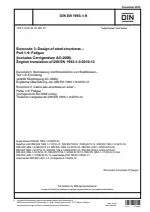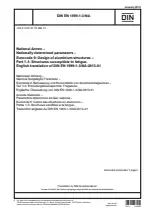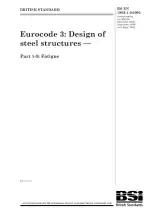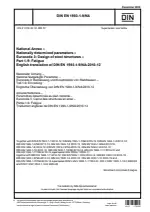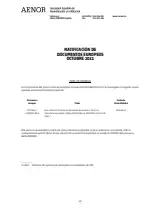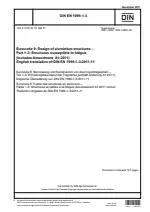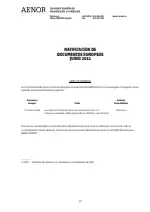Eurocode 3: Design of steel structures - Part 1-9: Fatigue
Also Known As:
EN 1993-1-9, also known as Eurocode 3: Design of steel structures - Part 1-9: Fatigue, provides guidelines for the fatigue design of steel structures and structural elements. It covers the assessment of structures that experience repeated fluctuations of stresses, which can lead to fatigue failure. The standard specifies fatigue strengths that are applicable to structures with proper corrosion protection and maintenance in mildly corrosive environments, such as normal atmospheric conditions.
The standard aims to ensure the structural integrity and safety of steel structures by accounting for the effects of fatigue. It provides a general method for evaluating the fatigue resistance of structures and suggests design recommendations to mitigate the risks associated with fatigue failures. By considering the fluctuating stresses and the potential accumulation of damage over time, designers can ensure that structures are robust and reliable even in long-term service conditions.
EN 1993-1-9 is an essential tool for engineers and designers involved in the design and construction of steel structures. It provides valuable information and design criteria for assessing the fatigue performance of steel components, which helps in ensuring the long-term durability and safety of structures subjected to cyclic loading.
| Descriptors | Buildings, Components, Construction, Definitions, Dimensioning, Erecting (construction operation), Eurocode, Fatigue, Fatigue behaviour, Load capacity, Loading, Manufacturing, Material properties, Materials, Mathematical calculations, Rated voltage, Steel construction, Steel structural engineering, Stress, Structural steel work, Structures, Voltage, Trusses |
| ICS Codes | 91.010.30 - Technical aspects 91.080.13 - Steel structures |
| Language(s) | English |
| File Size | 798.7 KB |

